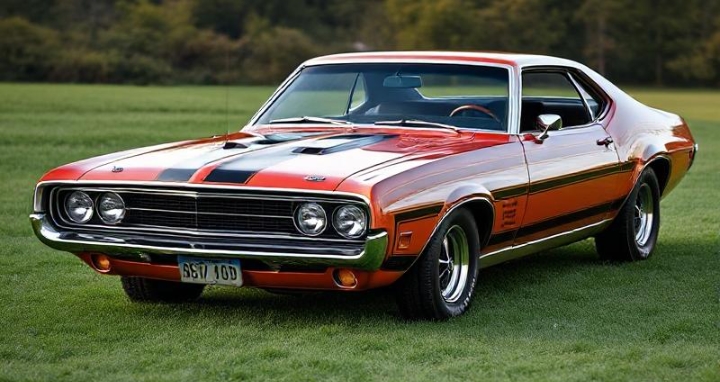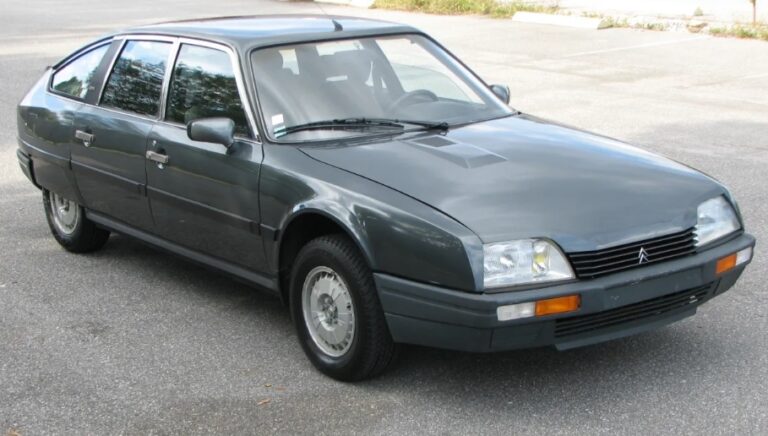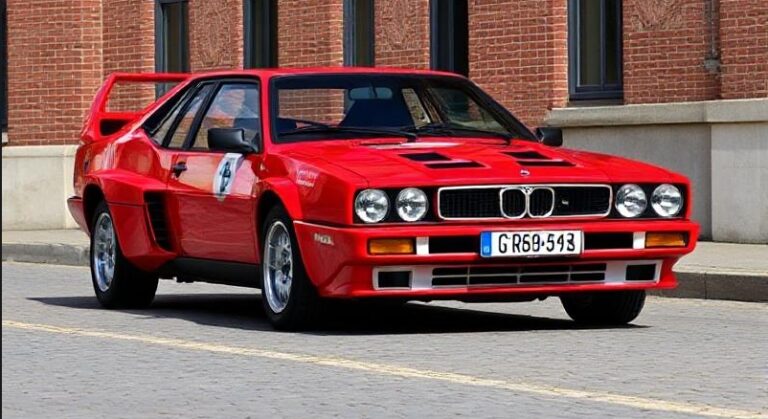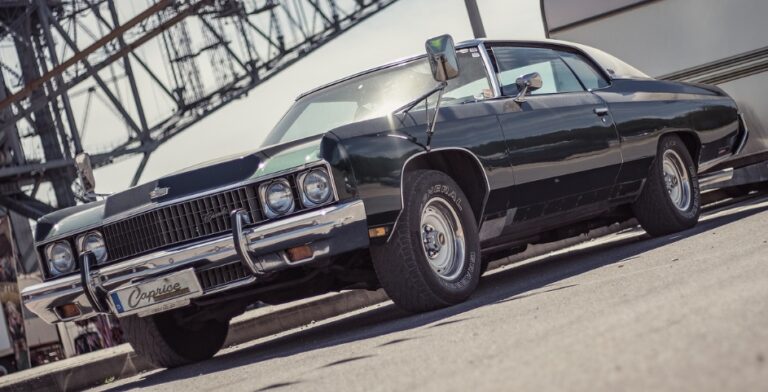The Evolution of the Ford Gran Torino
The Ford Gran Torino, an iconic nameplate in the annals of automotive history, epitomizes the American muscle car era of the 1970s. Launched in the early 1970s, the Gran Torino represented a shift in Ford’s design philosophy, from the classic styling of the 1960s to a more aggressive, performance-oriented focus. Throughout its production span from 1972 to 1976, the Gran Torino underwent various transformations, reflecting the changing tastes of car buyers and the shifting automotive landscape.
The Birth of the Gran Torino (1972)
The Ford Gran Torino was introduced in the 1972 model year as part of the Torino line. The Torino itself was a continuation of the intermediate-sized cars that Ford had been producing since the late 1960s. The Gran Torino was meant to take the Torino’s luxury and sportiness to the next level, appealing to customers who desired a blend of performance and comfort.
1972 Models and Trim Levels:
For its inaugural year, the Gran Torino came in several trims:
- Gran Torino Sports: This was the more performance-oriented model, featuring a slightly sportier appearance.
- Gran Torino: This was the base model, equipped with standard features suitable for everyday driving.
The 1972 Gran Torino was powered by several engine options, ranging from a 351 CID (5.8-liter) V8 to a larger 400 CID (6.6-liter) V8. Despite the power, the introduction of stricter emissions regulations began to impact the car’s performance.
A Performance Icon (1973-1974)
In 1973, the Gran Torino solidified its reputation as a performance vehicle with the introduction of additional trim levels, including the Gran Torino Elite. This new model emphasized luxury, combining high-end features with the muscular styling that had become synonymous with the nameplate.
1973 Models and Trim Levels:
- Gran Torino: The base model with a choice of engines.
- Gran Torino Sport: Featured upgraded performance enhancements and styling elements like a body stripe.
- Gran Torino Elite: Increased focus on luxury features, such as premium interior materials and design enhancements.
In terms of engines, the lineup featured the same choices as the previous year but also introduced the 460 CID (7.5-liter) V8 for those looking for maximum performance.
By 1974, the energy crisis hit, leading to a focus on fuel efficiency. This shift in consumer demands led to changes in engine offerings, with Ford adjusting its approach to meet new regulations and preferences. The Gran Torino, however, maintained a strong presence in the market, thanks to its distinctive styling and performance capabilities.
The Golden Years (1975-1976)
The culmination of the Gran Torino’s evolution occurred with the 1975 model year. Ford faced challenges with rising fuel prices, which prompted the introduction of smaller, more economical cars. Despite the industry trends, the Gran Torino continued to thrive in the American market.
1975 Models and Trim Levels:
- Gran Torino: The standard model with reduced engine options due to rising fuel costs.
- Gran Torino Sport: Still offered sporty aesthetics and handling.
- Gran Torino Elite: Remained the top-tier luxury version.
In 1976, Ford announced it would discontinue the Gran Torino model. The last production year saw the final iteration of the Gran Torino models, featuring minor tweaks to the interior and exterior styling. The engines offered in 1976 included the 351 CID V8 and the smaller 302 CID (4.9-liter) V8.
.
American Hot Rod Culture in all its glory. 50 years of performance cars! We’ve come a long way baby!
.
The End of an Era
By 1977, the Ford Gran Torino was no more. It was replaced by the Ford LTD II, a model that leaned more towards comfort and a refined driving experience with less emphasis on performance. The discontinuation of the Gran Torino was reflective of broader industry trends favoring compact cars, particularly in the wake of the fuel crisis.
Cultural Impact
Beyond specifications and trim levels, the Ford Gran Torino has earned a significant cultural place in American history. Its robust design and performance made it a favorite not just among enthusiasts but also in popular media. The car famously appeared as the centerpiece in the hit television series “Starsky & Hutch,” where it was portrayed as the classic cop car that perfectly blended style and muscle.
The Gran Torino’s appearance in such a beloved show helped cement its place in the hearts of many Americans, ensuring its legacy would continue long after its production ceased. The combination of visuals & powerful storytelling added layers to its allure, creating an entire subculture of fans, restorers, and collectors.
Collectibility and Legacy
While the Ford Gran Torino might have faded from production, its impact on the American automotive market and popular culture remains palpable. Today, the Gran Torino is seen as a classic and desirable vehicle among collectors and classic car enthusiasts. The range of models, from the base Gran Torino to the high-end Elite, allows for a wide array of options for collectors, whether seeking performance, design, or automotive history.
Due to its distinctive styling, robust muscular design, and performance legacy, the Gran Torino has seen a resurgence in popularity over the years. Auction prices for well-maintained Gran Torinos have also climbed in recent years, reflecting a renewed interest in American muscle cars from the era.
Conclusion
The Ford Gran Torino is a testament to the evolution of American automobiles during a time of significant change. From its introduction in 1972 through to its final production year in 1976, the Gran Torino grew from a stylish intermediate car into an embodiment of muscle and power, adapting to consumer preferences and societal changes. With varying models and trim options, the Gran Torino offered something for every kind of driver, all while capturing the imagination of a generation and leaving a lasting legacy in both the automotive world and popular culture. As classic car enthusiasts seek to revive the spirit of the 70s, the Gran Torino stands tall as a symbol of American ingenuity and design, solidifying its forever place in automotive history.







